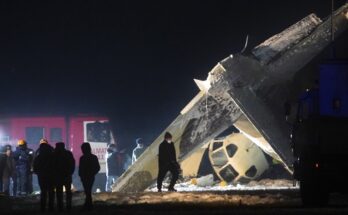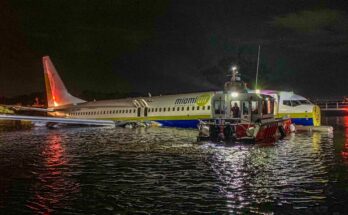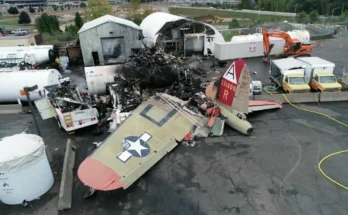CNN is reporting that a new report on the January 2025 crash of a Lockheed Martin F-35 Lightning II has been released. Among other new details, it’s now been revealed that the pilot, who survived the incident, spent nearly an hour on an airborne conference call with Lockheed Martin engineers attempting to troubleshoot multiple system failures before ultimately being forced to eject.
These findings shed light on the challenges of managing one of the world’s most advanced and complex aircraft when unexpected problems occur. After extensive efforts to regain control, the aircraft became unrecoverable, leading to the decision to eject. While the pilot escaped with minor injuries, the F-35 was destroyed, marking one of the most high-profile mishaps involving the aircraft in recent years.
The Breakdown Of The Crash
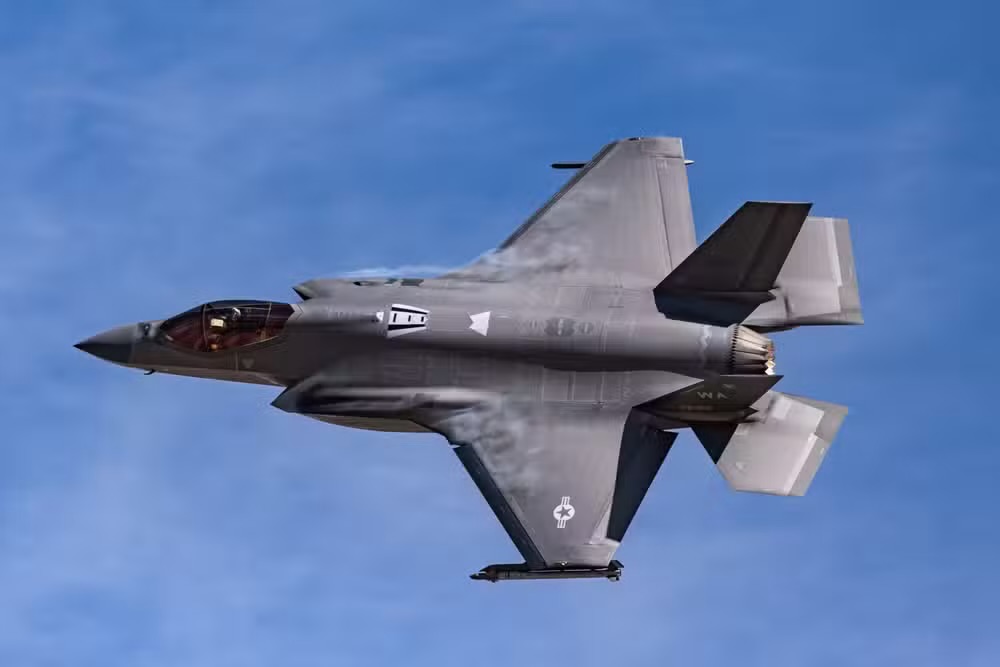
After attempting to run standard checklists, the pilot was patched to Lockheed Martin engineers for troubleshooting. The engineers (of which there were five) directed the pilot to perform a touch-and-go to straighten up the landing gear. After two attempts, the aircraft’s computer switched into “automated ground-operation mode”, rendering the plane uncontrollable.
The aircraft experienced violent oscillations almost immediately, and the pilot ended up ejecting from the aircraft after 50 minutes of being on call with Lockheed Martin engineers. The pilot sustained minimal injuries, but the aircraft itself is valued at close to $100 million, representing a significant financial loss for the USAF.
Icing And Fluids Downing Jets
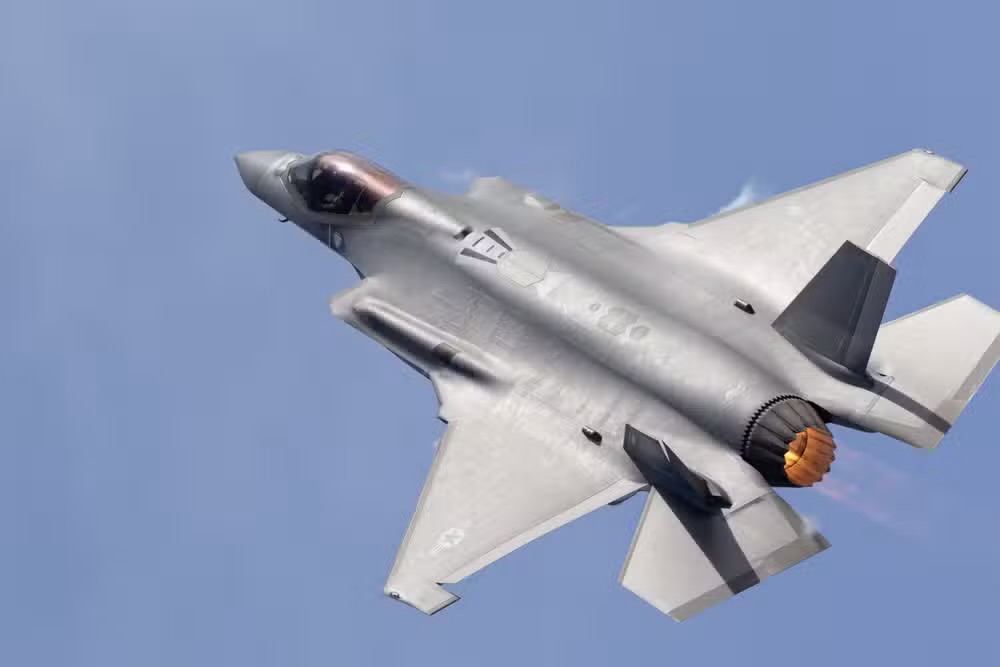
The investigation revealed that the hydraulic fluid servicing the affected landing-gear circuits contained about 30% water, whereas it’s meant to carry 0%. On a cold winter day in Alaska, like on January 28, this can cause ice blockages in critical parts of the plane. After the pilot ejected, the aircraft attempted to correct its course, but only barely, and the F-35 later fell and exploded upon impact.
With ice preventing normal operation of the landing gear, the jet’s “weight-on-wheels” logic was fooled. With all three sensors effectively reporting “on ground,” the flight-control computer swapped from in-flight to on-ground control laws. From there, the aircraft was no longer flyable, and ejection was the only safe option for the pilot.
The most surprising aspect of this crash was the fact that Lockheed Martin engineers could not deduce a probable cause, despite the call lasting for nearly an hour. However, the F-35 is the newest, most advanced fighter jet currently being produced, and what’s more, engineers are not pilots. In such a situation, an engineer rarely has more than the resources and information originally provided by the pilot, making troubleshooting even more challenging.
Implications And Similar Incidents

The aircraft involved, tail number 19-5535, is one of numerous F-35s that were involved in a crash. Before it, the most recent F-35 crash occurred in May 2024 and involved the Short Takeoff and Vertical Landing (STOVL) F-35B variant. Here too, the pilot escaped with his life, but the nine-figure aircraft was destroyed.
The F-35 is perhaps the most advanced fighter jet on the planet, and as such, operating it comes with difficulties. Part of this is due to Lockheed Martin’s new technological innovations, which have the side effect of creating an extremely complicated machine. Furthermore, the F-35’s design is geared so heavily towards maneuverability that it’d be essentially impossible to fly without constant background adjustments by the plane’s flight computer.
Just nine days later, another F-35 departing Eielson Air Base experienced hydraulic freezing, but was able to perform a safe landing. These incidents are primarily attributed to oversight issues, improper servicing procedures, and the distribution of hydraulic fluid.
